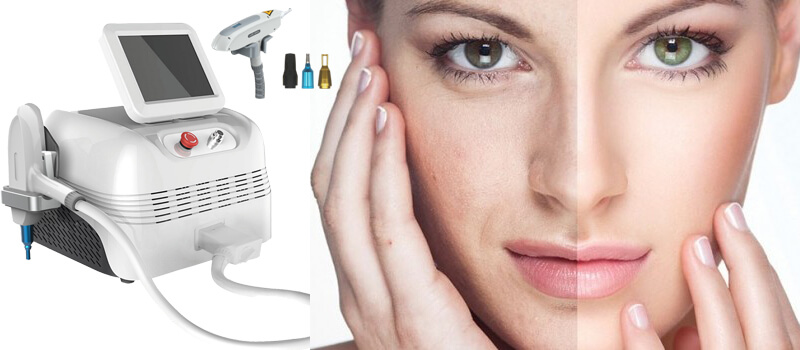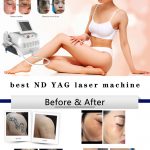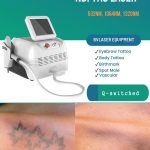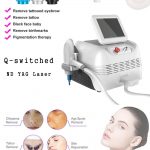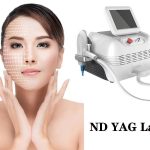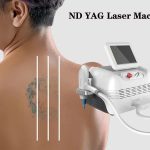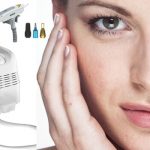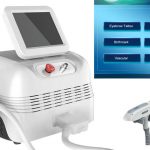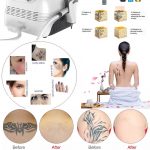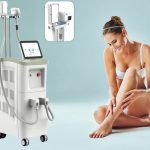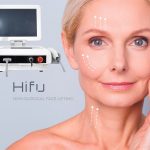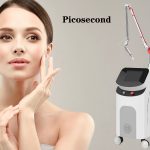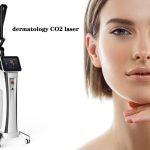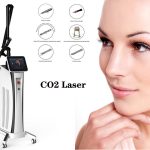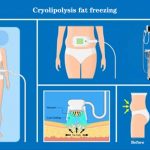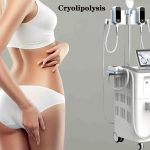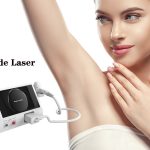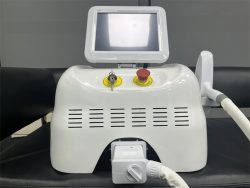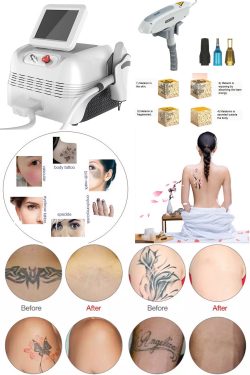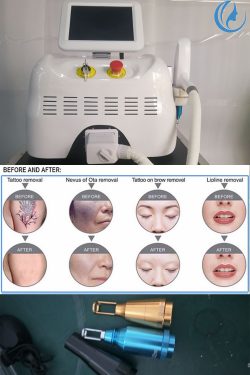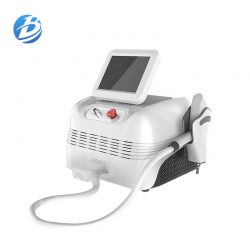Nd YAG laser for the aesthetic treatment of patients with pigmented skin disorders
Hyperpigmentation dermatoses are a common clinical problem today, including freckles, nevus of Ota, age spots and coffee spots, which have a significant impact on patients’ facial aesthetics and psychological well-being. Traditionally, patients with pigmentation disorders have been treated with implants, grinding and freezing, but these treatment options are prone to postoperative pigmentation abnormalities or scarring, which can also have a significant impact on the patient’s facial appearance. In recent years, the 1064 Q switched Nd YAG laser has been widely used in clinical practice, using selective photothermal action as the theoretical basis for the non-invasive treatment of pigment-increasing dermatoses by selectively destroying skin melanocytes.
Bvlaser is a Q switched ND YAG laser tattoo removal machine manufacturer, we have portable ND YAG laser for sale.
ND YAG laser for freckles
Freckles are light brown round or round-like pigmentation spots that are symmetrically distributed on the face, mostly occurring in adolescent females and are mainly related to autosomal dominant inheritance. Traditional aesthetic medicine treatment is often based on drugs, freezing and electrocautery, but it is difficult to completely remove freckles and is very easy to produce purple scars that affect the aesthetics of the face. The Q-switched Nd YAG laser dermatology is used for the treatment of various pigmented skin diseases. By using the principle of selective photothermal effect, it can effectively penetrate the epidermis and reach the dermis without damaging the surrounding tissues, which will have a destructive effect on the melanocytes and promote the absorption of pigment clusters.
Nd YAG laser for acne rosacea
Prolonged acne erythema is the most common cosmetic problem after active acne has subsided. The low energy Q-switched Nd:YAG laser is used to treat acne rosacea, inflammatory acne and acne scarring on the face. Treatment parameters: wavelength of 585nm, spot diameter of 5mm, pulse width of 5-10ns, energy density of 0.3 ~ 0.55J/cm, 2~4 treatments per session. The pulse energy and number of treatments are determined according to the severity of the lesion, the skin type and the response of the lesion to laser treatment. Patients with darker skin types V-VI will have a lower initial pulse energy due to the higher concentration of implants. If there is an improvement in acne erythema after treatment, the energy density can be increased for subsequent treatments. A total of 3 treatments are given at 2 week intervals. Ice packs are applied locally after treatment. Patients are advised to avoid sun exposure and to use a broad spectrum sunscreen (SPF>30). Six weeks after the third treatment, all lesions showed significant improvement. The treatment was well tolerated by all patients. Adverse effects included temporary erythema and oedema. The laser is safe and effective in the treatment of facial erythema, early inflammatory acne and acne scarring with minimal discomfort.
ND YAG laser for melasma treatment
Melasma is a persistent hyperpigmentation disorder with a high prevalence in Asia, especially in women of childbearing age. Its main clinical manifestation is light to dark brown patches, often on the cheeks and forehead, with poorly defined borders. The Q-switched Nd YAG laser for melasma treat has been widely used at low energy densities.
